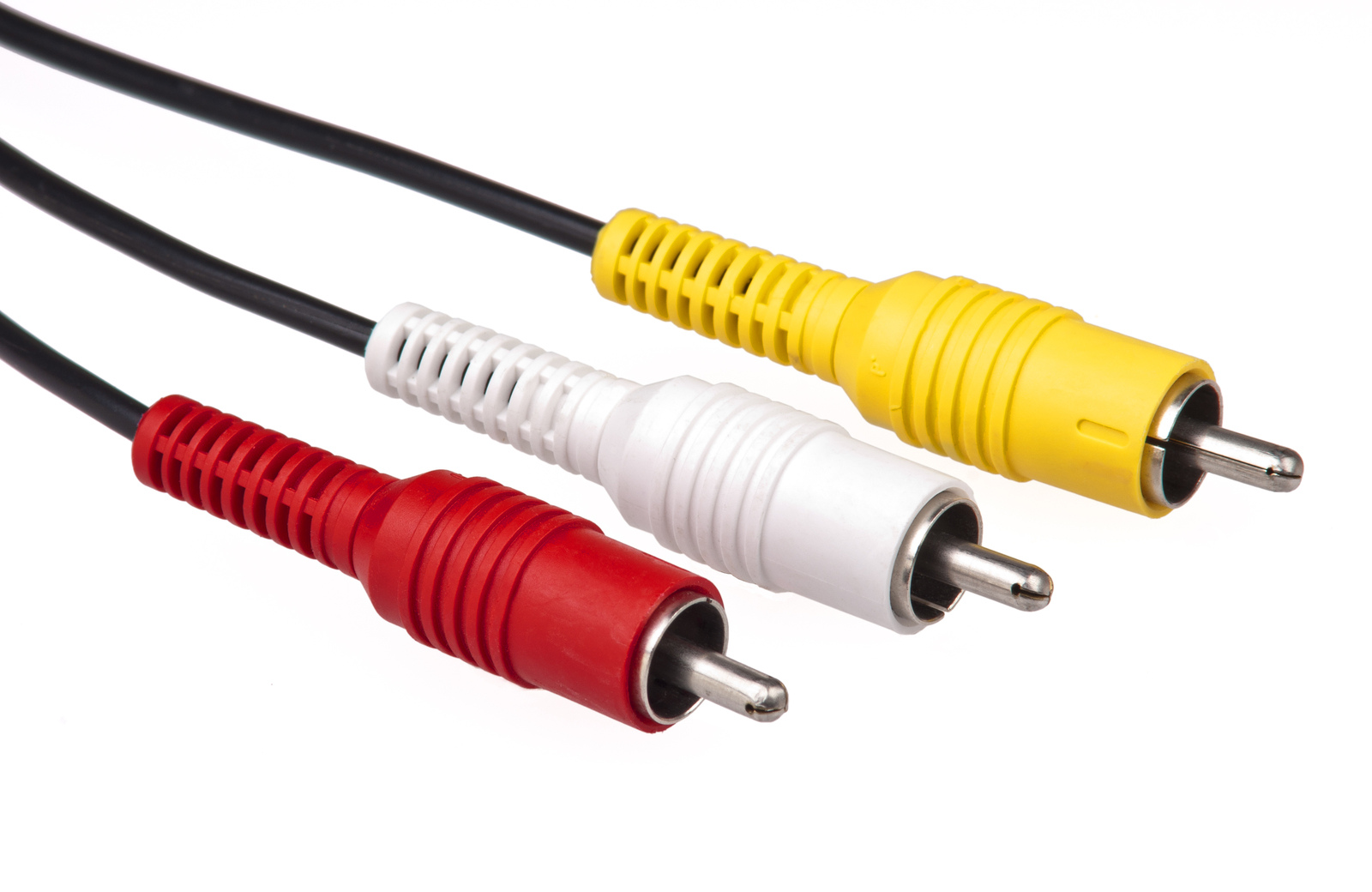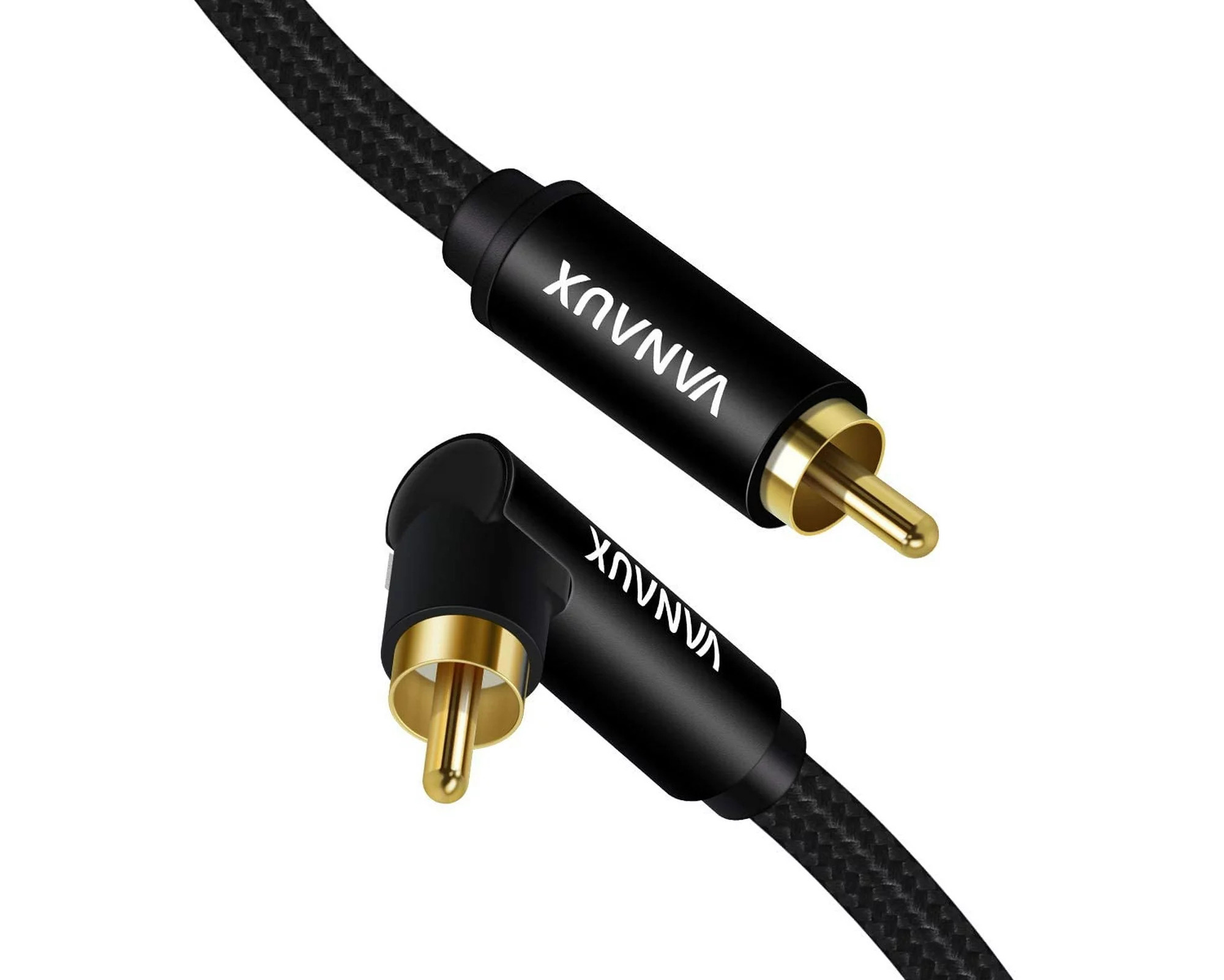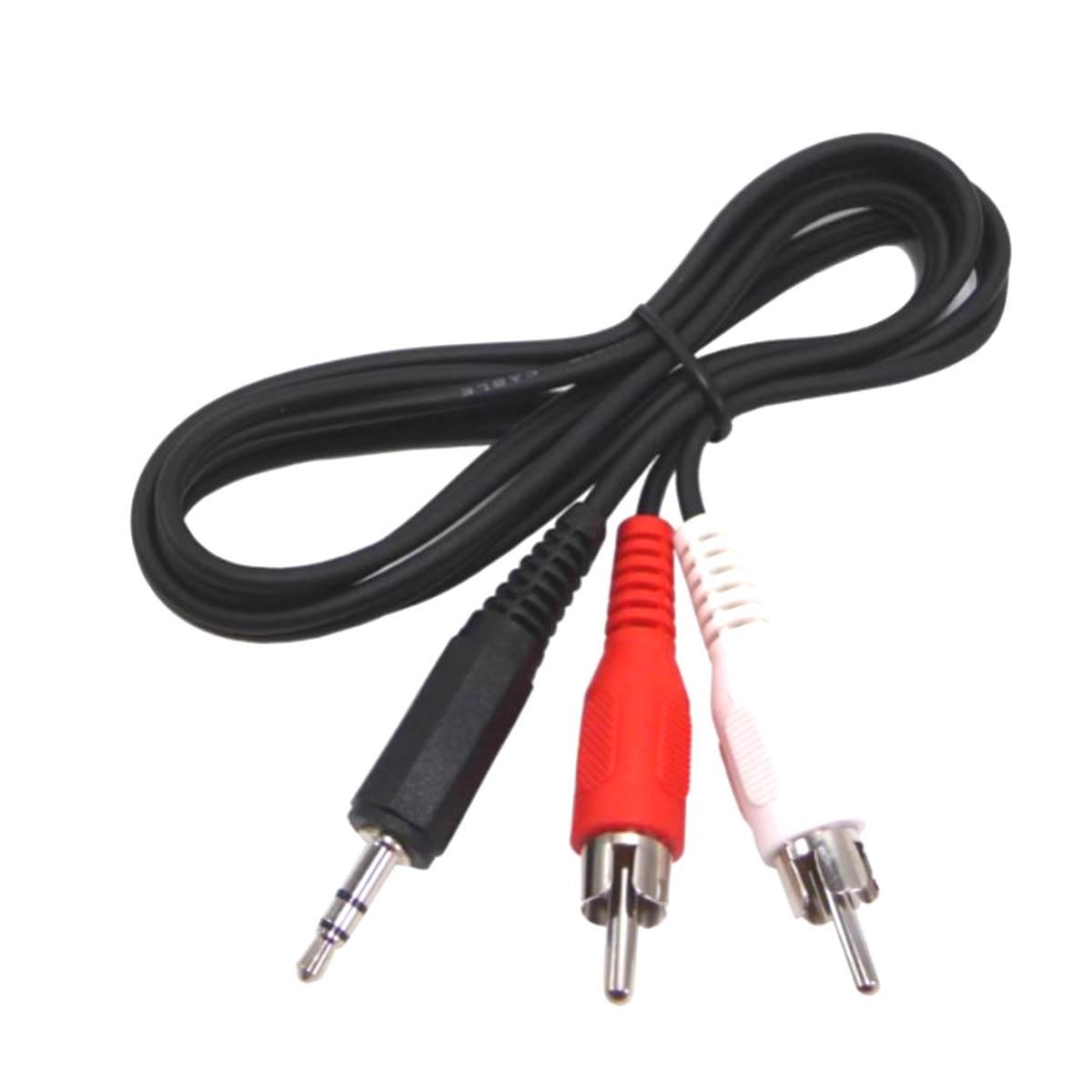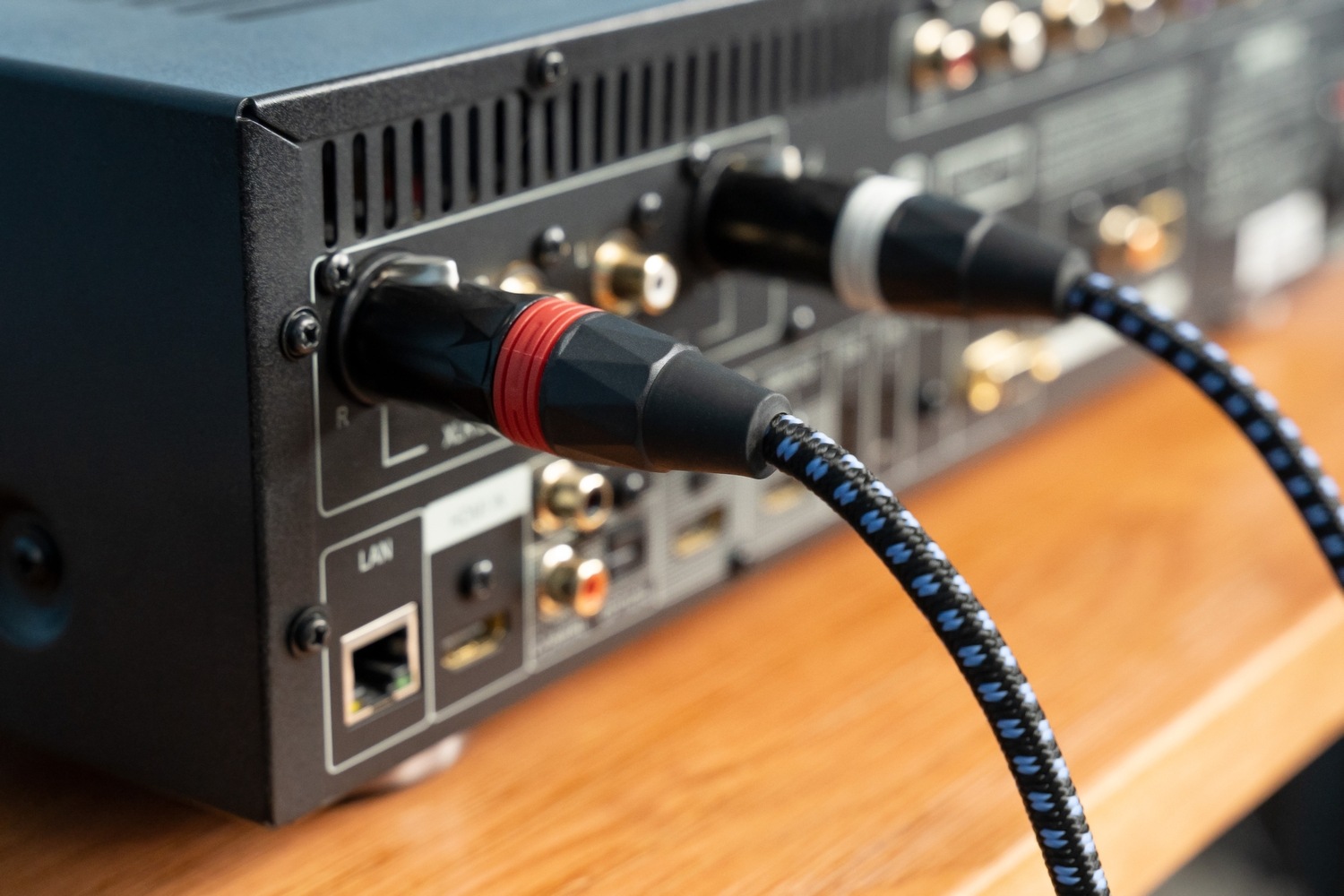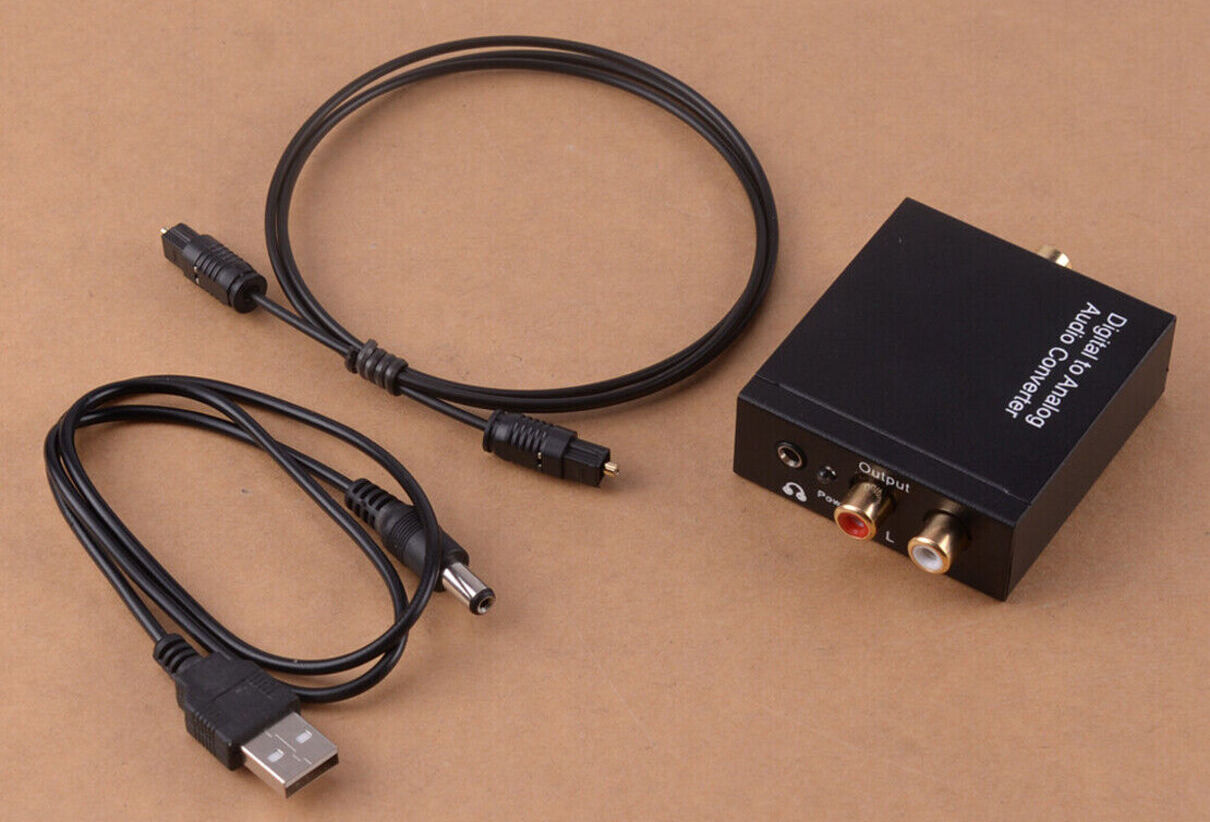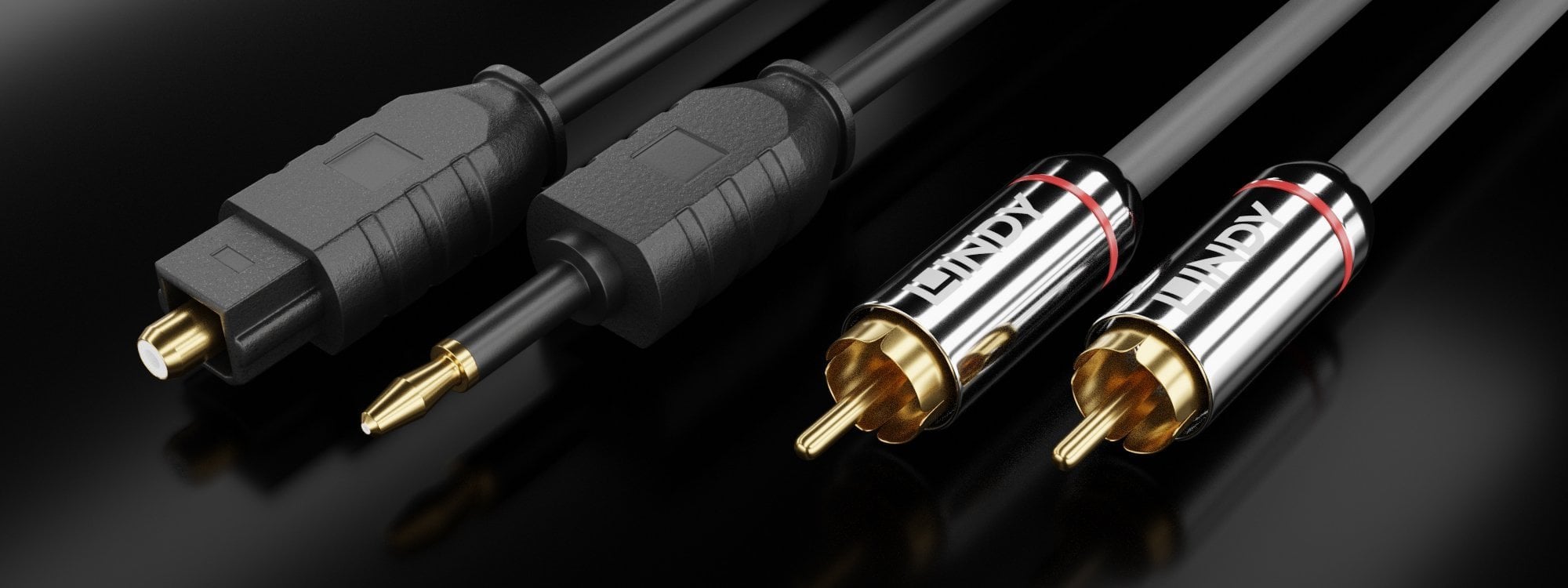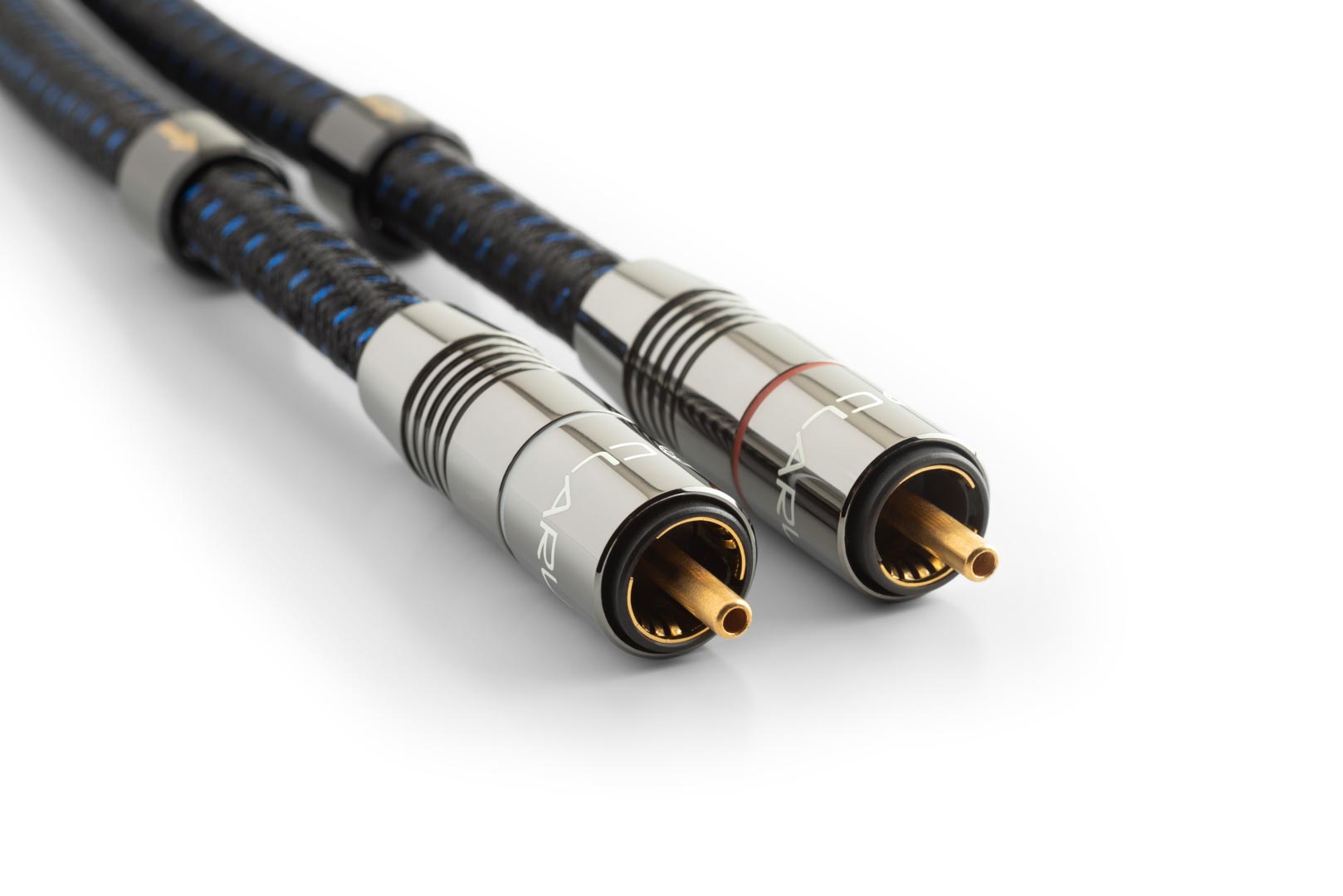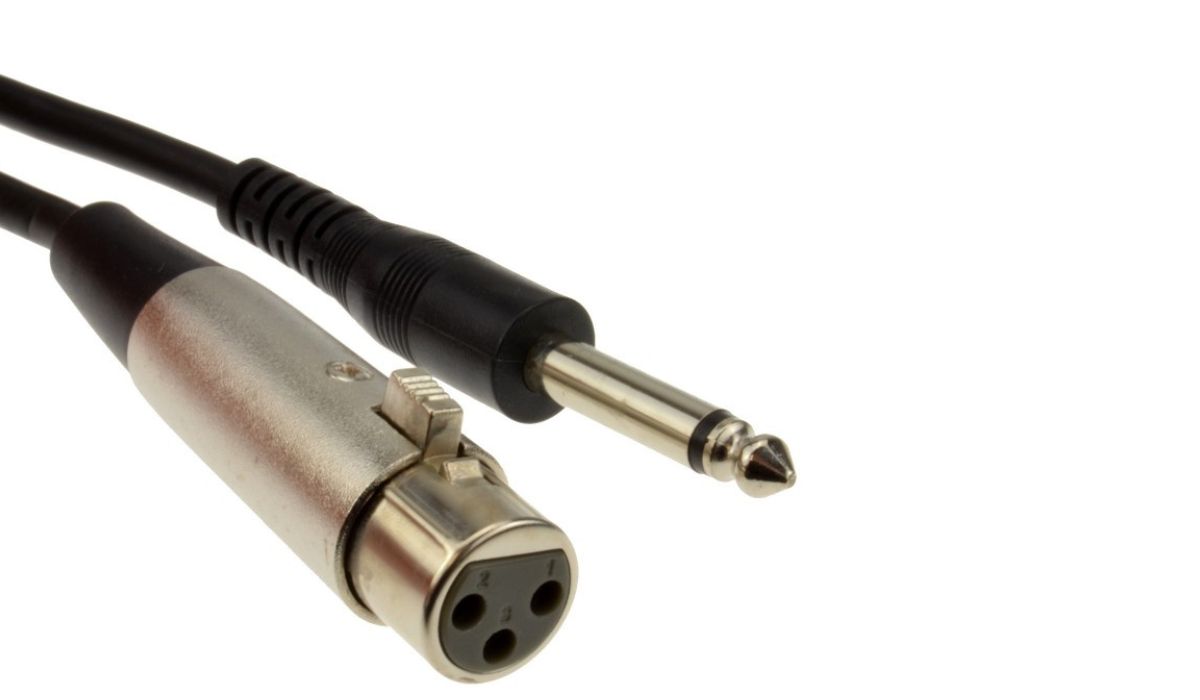Home>Production & Technology>Audio Cable>What Size Heat Shrink For Audio Cable
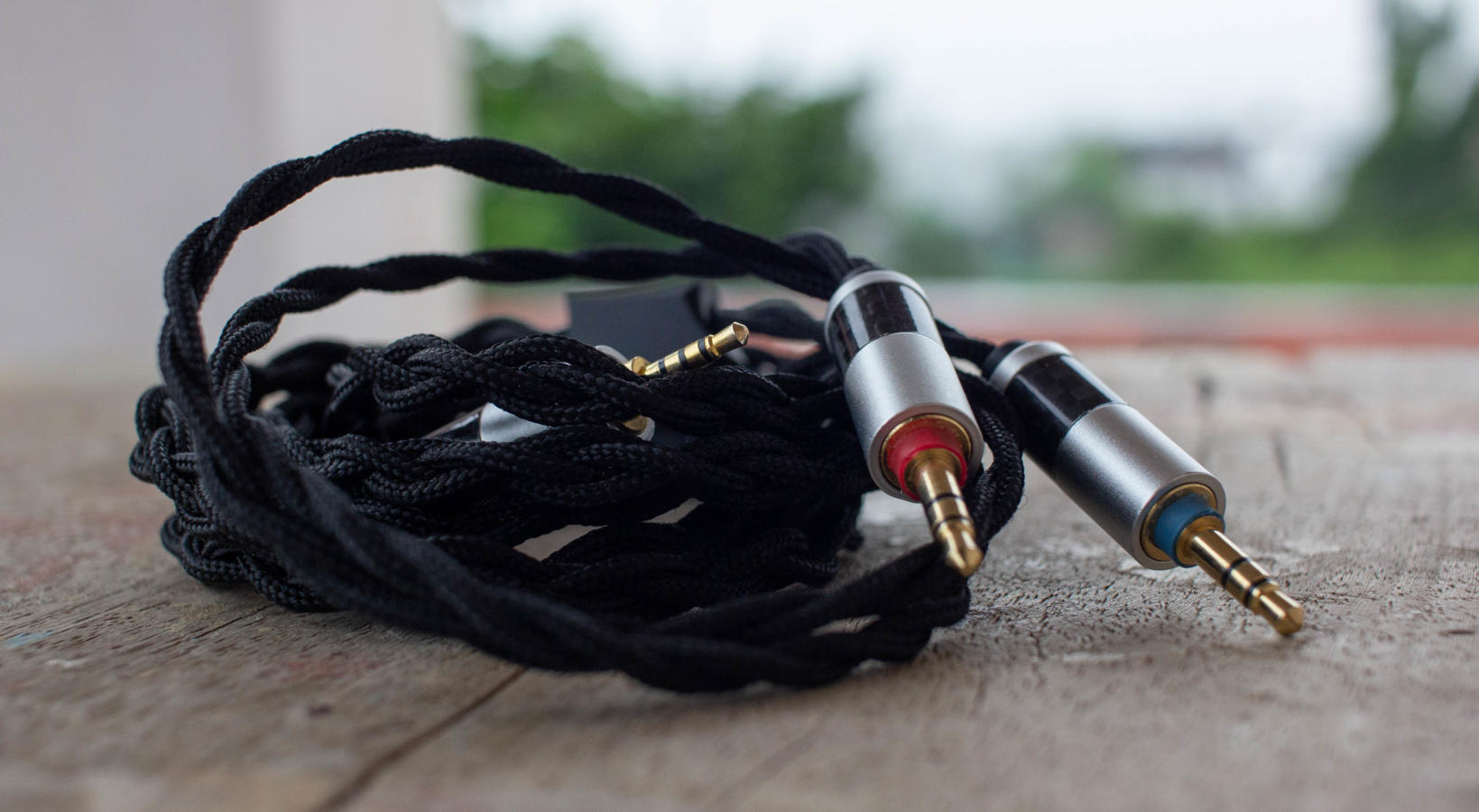

Audio Cable
What Size Heat Shrink For Audio Cable
Modified: March 7, 2024
Find the perfect size heat shrink for your audio cable. Protect, insulate, and secure your audio connections with the right heat shrink size.
(Many of the links in this article redirect to a specific reviewed product. Your purchase of these products through affiliate links helps to generate commission for AudioLover.com, at no extra cost. Learn more)
Table of Contents
- Introduction
- Understanding Heat Shrink for Audio Cables
- Factors to Consider When Choosing the Right Size Heat Shrink
- Common Sizes of Heat Shrink for Audio Cables
- Steps to Determine the Correct Size of Heat Shrink for Your Cable
- Benefits of Using Heat Shrink for Audio Cables
- Tips for Properly Installing Heat Shrink on Audio Cables
- Conclusion
Introduction
Welcome to the world of audio cables! Whether you are a professional sound engineer, an avid musician, or simply an audio enthusiast, you understand the importance of high-quality cables in delivering pristine sound. However, to ensure optimal performance and longevity of your audio cables, it is crucial to take into consideration various factors, including the proper use of heat shrink.
Heat shrink is a versatile material that plays a vital role in protecting and securing audio cables. It is a tube-like material that contracts when heated, creating a tight seal around the cable. This shrinkage not only provides added insulation but also prevents the cable from getting damaged or frayed over time. Additionally, heat shrink can enhance the overall aesthetics of your cables by providing a clean and professional finish.
In this article, we will dive deeper into the world of heat shrink for audio cables. We will explore the different factors you need to consider when choosing the right size heat shrink, delve into the common sizes available, and provide step-by-step guidance on determining the correct size for your cables. We will also discuss the benefits of using heat shrink and offer tips for properly installing it on your audio cables.
Whether you are embarking on a DIY audio cable project or simply want to make some modifications to your existing cables, understanding the importance of heat shrink and how to utilize it effectively will be invaluable. So, let’s dive in and unlock the secrets of heat shrink for audio cables!
Understanding Heat Shrink for Audio Cables
Heat shrink is a specialized material commonly used in various industries, including electronics, automotive, and telecommunications. When it comes to audio cables, heat shrink serves as a protective barrier that helps maintain the integrity and performance of the cables.
Heat shrink is typically made from cross-linked polyolefin, which offers excellent insulation and durability. It is designed to shrink in size when exposed to heat, typically through the use of a heat gun or other heat sources. This shrinkage creates a tight and secure seal around the cable, providing additional protection against external elements, including moisture, dust, and physical damage.
One of the primary benefits of heat shrink for audio cables is its ability to insulate and safeguard the electrical signals that pass through the cables. The heat shrink creates a barrier that prevents interference from neighboring cables or external electromagnetic sources, minimizing signal loss and maintaining signal integrity.
Furthermore, heat shrink adds an extra layer of mechanical protection to the cable. It helps to reinforce weak points, such as cable terminations and soldered joints, reducing the risk of damage or breakage. The added strength and stability provided by the heat shrink can extend the lifespan of your audio cables, saving you time and money on repairs or replacements.
In addition to its functional benefits, heat shrink also offers aesthetic advantages. It allows for a clean and professional finish, especially when used to cover exposed wiring or splices. Heat shrink comes in various colors and sizes, providing the opportunity to customize your audio cables to suit your personal style or to differentiate between different cables in a complex audio setup.
Overall, understanding the role and benefits of heat shrink for audio cables is essential for anyone working with audio equipment. The proper use of heat shrink can enhance the performance, longevity, and appearance of your audio cables, ensuring that you can enjoy high-quality sound without any interruptions or issues.
Factors to Consider When Choosing the Right Size Heat Shrink
Choosing the right size heat shrink for your audio cables is crucial to ensure a proper and secure fit. Here are some key factors to consider when selecting the appropriate size:
- Diameter of the Cable: Measure the diameter of your cable accurately using a caliper or a measuring tape. It is essential to choose a heat shrink size that is slightly larger than the cable’s diameter to allow for a snug fit once it shrinks.
- Shrinkage Ratio: Heat shrink comes in different shrinkage ratios, typically expressed as a percentage. For example, a 2:1 shrink ratio means that the heat shrink will shrink to half of its original size. Consider the shrinkage ratio based on the diameter of your cable and the desired tightness of the seal.
- Temperature Range: Determine the temperature range in which the heat shrink will be exposed. Different types of heat shrink have different temperature ratings. Ensure that the heat shrink you choose can handle the maximum temperature to which it will be subjected.
- Length of the Heat Shrink: Consider the length of the heat shrink required for your specific application. It should be long enough to cover the desired area of the cable without leaving any exposed portions.
- Special Features: Some heat shrink may come with additional features, such as adhesive lining or flame-retardant properties. Evaluate if these features are necessary for your specific use case.
It is important to note that the selection of the right size heat shrink may also depend on personal preferences, aesthetics, and the specific requirements of your audio setup. Consulting with a knowledgeable professional or referring to manufacturer guidelines can provide valuable insights for choosing the appropriate size heat shrink.
By considering these factors, you can ensure that you select the right size heat shrink that will provide a secure and reliable fit for your audio cables, promoting optimal performance and protection.
Common Sizes of Heat Shrink for Audio Cables
When it comes to heat shrink for audio cables, there are several common sizes available to accommodate different cable diameters and applications. Here are some of the most widely used sizes:
- 1/16 inch (1.6mm) diameter: This small heat shrink size is suitable for delicate audio cables, such as headphone cables or small gauge speaker wires.
- 1/8 inch (3.2mm) diameter: This size is commonly used for thinner audio cables, such as instrument cables or patch cables.
- 3/16 inch (4.8mm) diameter: This size is suitable for medium-sized audio cables, including microphone cables and balanced audio cables.
- 1/4 inch (6.4mm) diameter: This size is commonly used for larger audio cables, such as speaker cables or subwoofer cables.
- 3/8 inch (9.5mm) diameter: This larger size is ideal for thicker audio cables or bundled cables that require more insulation and protection.
- 1/2 inch (12.7mm) diameter: This size is typically used for heavy-duty audio cables, such as power cables or multi-channel audio cables.
It’s important to note that these sizes are general guidelines and may vary depending on the manufacturer and specific application. Additionally, heat shrink is available in both thin-wall and thick-wall varieties, which can affect the overall diameter and shrinkage ratio.
Choosing the right size heat shrink ultimately depends on the diameter of your cable and the desired level of protection and insulation. It’s always recommended to take accurate measurements of your cables and consult the manufacturer’s specifications or industry guidelines to ensure the proper selection of heat shrink size.
By selecting the appropriate size of heat shrink for your audio cables, you can ensure a secure and reliable fit that offers optimal insulation and protection, enhancing the overall performance and longevity of your cables.
Steps to Determine the Correct Size of Heat Shrink for Your Cable
Determining the correct size of heat shrink for your audio cable is crucial to ensure a proper and secure fit. Follow these steps to accurately measure your cable and select the appropriate heat shrink size:
- Measure the diameter of your cable: Use a caliper or a measuring tape to measure the outer diameter of your cable. Measure at the widest point, including any plugs or connectors that may be attached.
- Add extra clearance: Once you have the cable diameter measurement, add a small clearance to ensure the heat shrink will fit comfortably. This clearance is typically around 10% larger than the cable diameter, but it can vary depending on the specific application and personal preferences.
- Consider the shrinkage ratio: Take into account the shrinkage ratio of the heat shrink you plan to use. For example, a 2:1 ratio means the heat shrink will shrink to half its original size. This information can help you determine the initial size of the heat shrink before it shrinks down to fit the cable snugly.
- Select the closest available heat shrink size: With the measurements and shrinkage ratio in mind, choose the closest available heat shrink size that matches or is slightly larger than your calculated size. It’s better to have a slightly larger heat shrink than one that is too small.
- Consider the length: Assess the length of the heat shrink required for your specific application. Ensure that the length is sufficient to cover the desired area of the cable without leaving any exposed portions.
- Consult manufacturer guidelines: Always refer to the manufacturer’s guidelines or recommendations for the specific heat shrink product you are using. They might provide additional information or considerations to help you select the correct size.
By following these steps, you can accurately determine the correct size of heat shrink for your audio cable, ensuring a snug and secure fit that provides optimal protection and insulation. Remember, taking precise measurements and considering the shrinkage ratio will help you select the most appropriate heat shrink size for your specific needs.
Benefits of Using Heat Shrink for Audio Cables
Using heat shrink for your audio cables offers a range of benefits that contribute to their overall performance and longevity. Here are some key advantages of incorporating heat shrink into your cable management:
- Protection against physical damage: Heat shrink provides an additional layer of protection to your audio cables, safeguarding them against physical damage, such as cuts, abrasions, or impacts. It helps to reinforce weak points, such as cable terminations, reducing the risk of cable breakage.
- Prevention of cable fraying: Over time, the ends of audio cables can fray due to repeated use or improper handling. Heat shrink can act as a barrier, preventing the cable ends from unraveling and maintaining the structural integrity of the cables.
- Insulation and electrical safety: Heat shrink offers insulation properties that protect the electrical signals transmitted through your audio cables. It helps to prevent interference from surrounding cables or external electromagnetic sources, ensuring reliable and clear signal transmission while minimizing signal loss.
- Environmental protection: Heat shrink creates a tight seal around the cable, acting as a barrier against environmental elements such as moisture, dust, and dirt. This protection is especially important when using audio equipment in outdoor or challenging environments.
- Aesthetic enhancement and organization: Heat shrink provides a neat and professional appearance to your audio cables. It can cover exposed wires, splices, or connectors, giving your cables a clean and finished look. Additionally, using different colors of heat shrink can help with cable organization and easy identification in complex audio setups.
- Easy installation and removal: Heat shrink is easy to install using a heat source, such as a heat gun. It shrinks to conform tightly around the cable, creating a secure fit. If necessary, heat shrink can also be easily removed by reheating it to regain its original size.
By utilizing heat shrink for your audio cables, you can protect them against physical damage, enhance their electrical performance, and improve their overall appearance. Whether you are a professional sound engineer or a casual music enthusiast, incorporating heat shrink into your cable management practices can help prolong the life of your audio cables and ensure reliable and high-quality sound reproduction.
Tips for Properly Installing Heat Shrink on Audio Cables
Proper installation of heat shrink on your audio cables is crucial to ensure a secure and reliable connection. Follow these tips to ensure a successful installation:
- Prepare the cable: Before installing heat shrink, make sure the cable is clean and free from any dirt or debris. Trim and strip the cable ends properly if needed.
- Choose the right size: Select a heat shrink size that is slightly larger than the cable diameter. This will allow for a snug fit once the heat shrink is applied and shrinks down.
- Length of heat shrink: Cut the heat shrink to the appropriate length, ensuring it fully covers the desired area of the cable without leaving any exposed portions.
- Apply heat evenly: Use a heat source, such as a heat gun, to apply heat evenly around the heat shrink. Move the heat source in a circular motion, taking care not to concentrate heat in one area for too long to avoid overheating or melting the heat shrink.
- Avoid overheating: Heat the heat shrink until it fully shrinks and conforms tightly to the cable. Be cautious not to overheat the heat shrink, as this can lead to damage or deformation of the cable or cause the heat shrink to become brittle over time.
- Use heat-resistant materials: If you need to protect other components or connectors near the heat shrink, use heat-resistant materials, such as aluminum foil or heat-resistant tape, to shield them from excessive heat exposure.
- Inspect the installation: Once the heat shrink has cooled, inspect the installation to ensure it is secure and properly aligned. Check for any gaps or areas that may require additional heat shrinking.
- Consider adhesive-lined heat shrink: For added protection and insulation, consider using adhesive-lined heat shrink. This type of heat shrink contains adhesive that melts and creates a strong bond, providing extra sealing and strain relief.
- Practice and patience: Installing heat shrink may require some practice to achieve the desired results. Take your time and be patient to ensure a professional and secure installation.
By following these tips, you can ensure a successful installation of heat shrink on your audio cables, providing them with the necessary protection, insulation, and a clean and professional appearance. Remember, proper installation is key to maintaining the integrity and performance of your audio cables.
Conclusion
Heat shrink is an indispensable component in the world of audio cables. By understanding its importance and implementing it correctly, you can enhance the performance, durability, and aesthetics of your audio setup.
In this article, we explored the various aspects of heat shrink for audio cables. We discussed the factors to consider when choosing the right size, including cable diameter, shrinkage ratio, temperature range, and special features. We also highlighted the common sizes of heat shrink available for audio cables and provided step-by-step instructions on how to determine the correct size for your specific needs.
Additionally, we delved into the benefits of using heat shrink for audio cables. From providing protection against physical damage to preventing cable fraying, heat shrink offers insulation and electrical safety, environmental protection, and an added aesthetic appeal. We also provided tips for properly installing heat shrink to ensure a secure and reliable connection.
Whether you are a professional sound engineer, a musician, or an audio enthusiast, incorporating heat shrink into your cable management practices will help maintain the integrity and performance of your audio cables. It will protect them from external elements, minimize signal loss, and provide a professional and organized look.
Remember to choose the right size of heat shrink based on accurate measurements, consider the shrinkage ratio, and follow proper installation techniques. When done correctly, heat shrink can be a game-changer for your audio cables.
So, embrace the world of heat shrink and unleash the full potential of your audio cables. Enjoy exceptional sound quality, prolonged cable lifespan, and a visually appealing audio setup!

